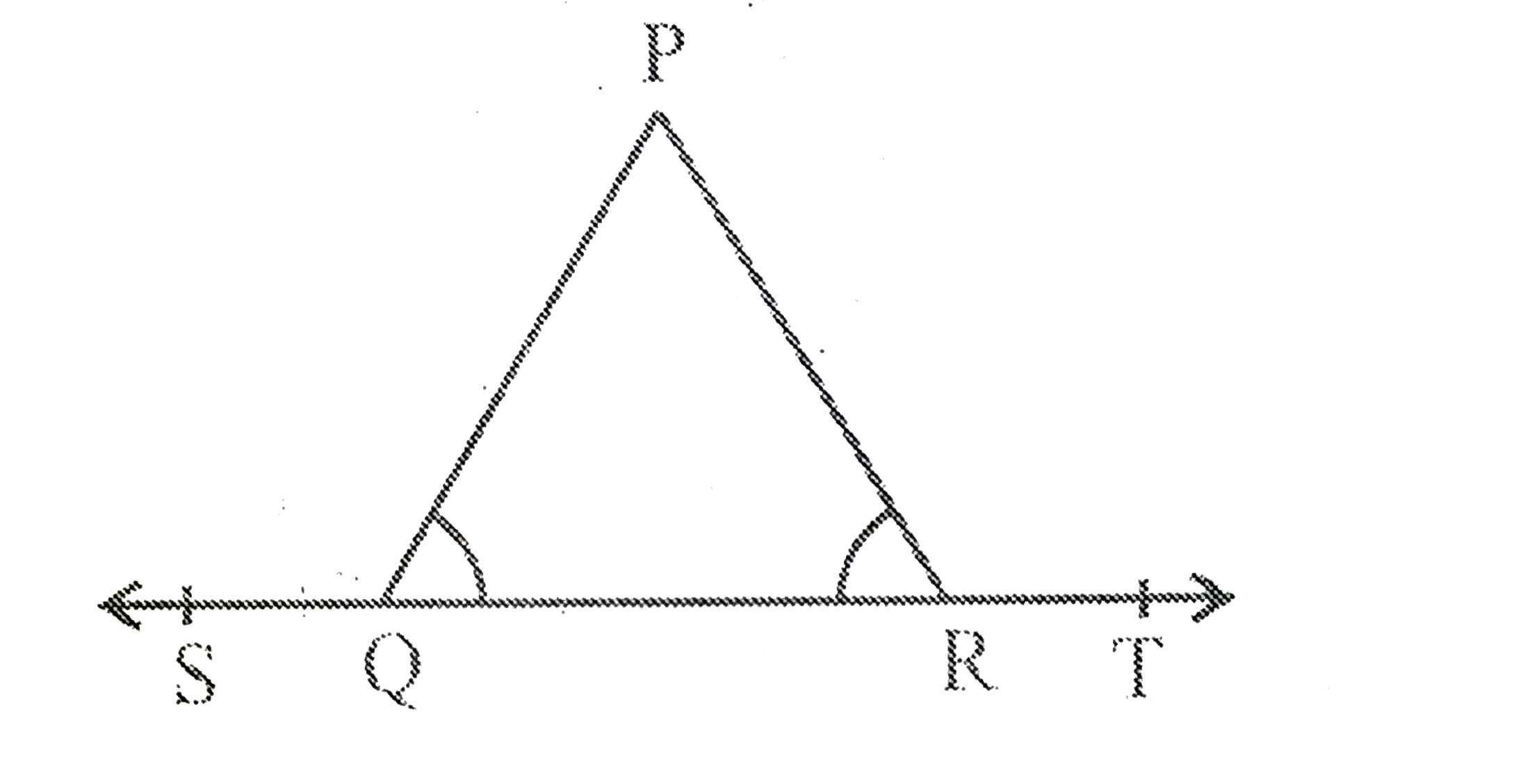if P+Q=P−Q ,then
P=0
Q=0
P=1
|Q|=1
The correct Answer is:B
To solve the equation P+Q=P−Q, we can follow these steps:
Step 1: Rearranging the Equation
Start by rearranging the equation to isolate the terms involving vector Q:
P+Q=P−Q
Subtract P from both sides:
Q=−Q
Step 2: Adding Q to Both Sides
Now, add Q to both sides of the equation:
Q+Q=0
This simplifies to:
2Q=0
Step 3: Solving for Q
Now, divide both sides by 2:
Q=0
Step 4: Substituting Q Back
Now that we have found Q=0, we can substitute this back into the original equation to check if it holds:
P+0=P−0
This simplifies to:
P=P
This is always true, confirming our solution.
Conclusion
Since we found Q=0, we can conclude that the only possible solution is when vector Q is the zero vector. The value of vector P can be any vector, including the zero vector.
Final Answer
Thus, the answer is:
- Q=0
- P can be any vector (including P=0).
Start by rearranging the equation to isolate the terms involving vector Q:
P+Q=P−Q
Subtract P from both sides:
Q=−Q
Now, add Q to both sides of the equation:
Q+Q=0
This simplifies to:
2Q=0
Now, divide both sides by 2:
Q=0
Now that we have found Q=0, we can substitute this back into the original equation to check if it holds:
P+0=P−0
This simplifies to:
P=P
This is always true, confirming our solution.
Since we found Q=0, we can conclude that the only possible solution is when vector Q is the zero vector. The value of vector P can be any vector, including the zero vector.
Thus, the answer is:
- Q=0
- P can be any vector (including P=0).
Topper's Solved these Questions
Similar Questions
Knowledge Check
If 2p+q=11andp+2q=13, then p+q=
A6B8C9D12
If P=[122−1]andQ=[1021] then compute :
(i) P2−Q2 (ii) (P+Q)(P−Q)
Is (P+Q) (P-Q) =P2−Q2 true for matrix algebra?
View SolutionIf p,q are real p≠q, then show that the roots of the equation (p−q)x2+5(p+q)x−2(p−q)=0 are real and unequal.
View SolutionLet A=⎡⎢⎣02qrpq−rp−qr⎤⎥⎦ If AAT=I3 then |p|=
View SolutionIf p,q are real p≠q, then show that the roots of the equation (p−q)x2+5(p+q)x−2(p−q)=0 are real and unequal.
View SolutionIf P+Q=Rand|P|=|Q|=√3and|R|==3, then the angle between P and Q is
View SolutionIf the sum of P terms of an A.P. is q and the sum of q terms is p , then the sum of p+q terms will be
(a) 0
(b) p−q
(c) p+q
(d) (p+q)
View SolutionIf in an A.P., the pth term is q and (p+q)th term is zero then the qth term is
a.−p b. p c. p+q d. p−q
View Solution

